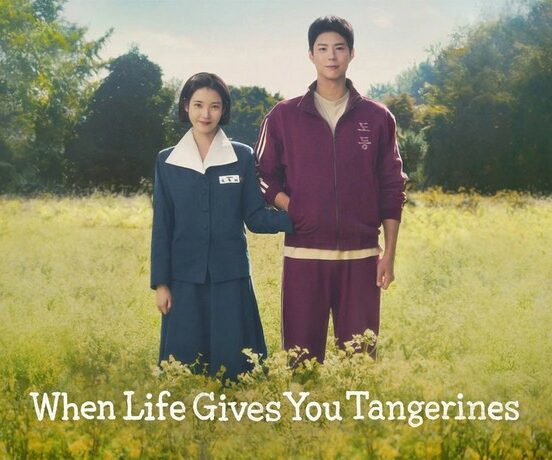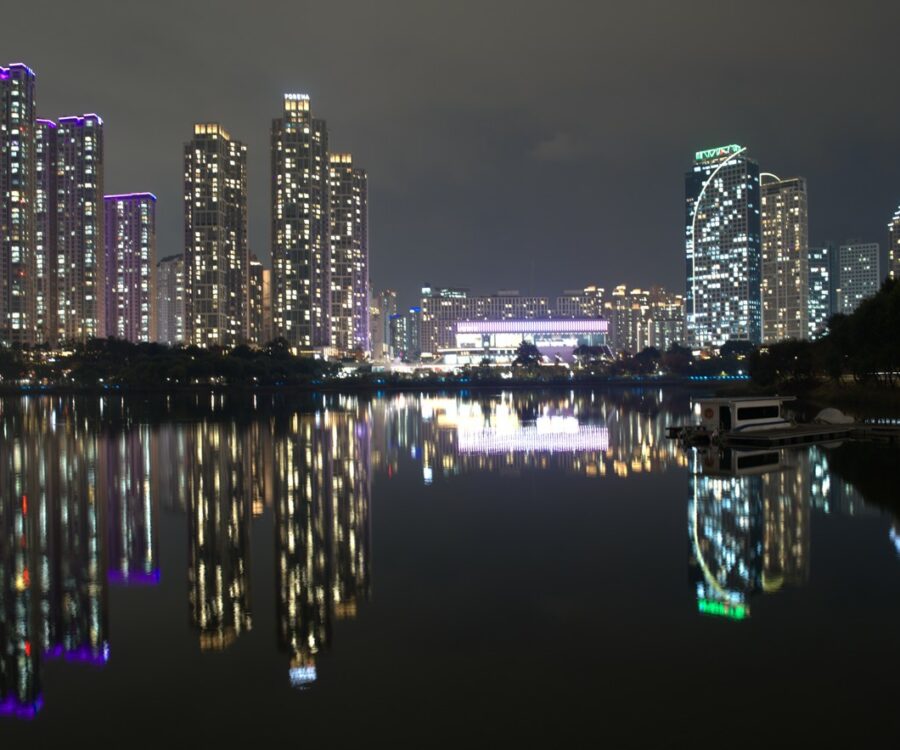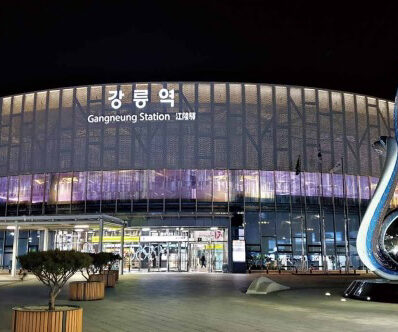Finding a Jjimjilbang:
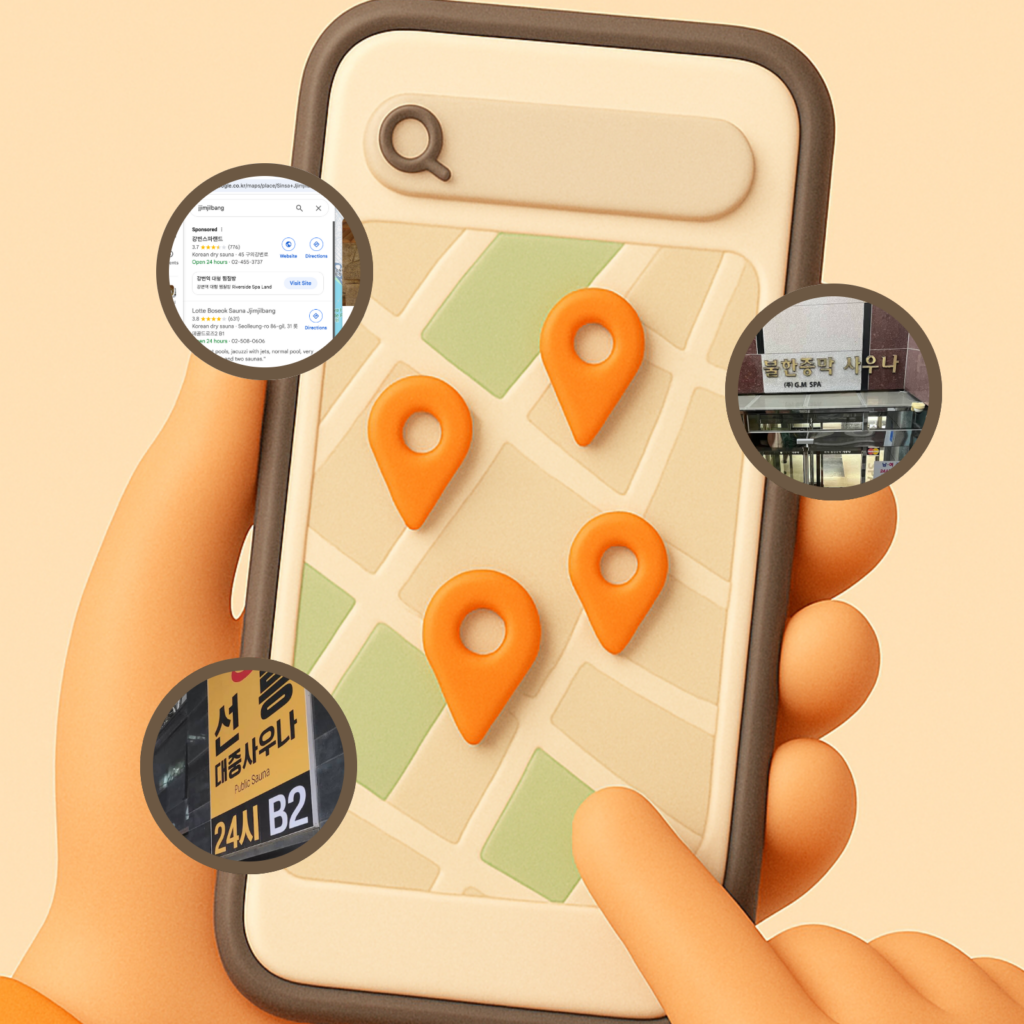
To start your adventure, you need to find a jjimjilbang nearby. Here’s how to locate one easily:
- Search in Maps: Open Google Maps (or local apps like Naver/Kakao Map) and type “jjimjilbang” or “찜질방”. For example, search “찜질방 near Myeongdong” to see pins of bathhouses in that area.
- Look for Keywords: In Korea, many bathhouses include “사우나” (sauna) or “찜질방” on their sign (often in red letters). On maps, you might see names ending in –목욕탕 (public bath) or –스파 (spa) as well.
- Check Details: Click on a result to check if it’s open 24 hours (🔄 many are open all night) and read reviews. Popular picks will mention clean facilities or family-friendly amenities. Choose one convenient to you – let’s say Dragon Hill Spa in Yongsan or a smaller local spot in Gangnam.
- Navigation: Follow the map directions. The building might not stand out – look for those neon “24시” (24 hours) signs or the word 찜질방 on the exterior. Time to head in!
What to Expect Inside:


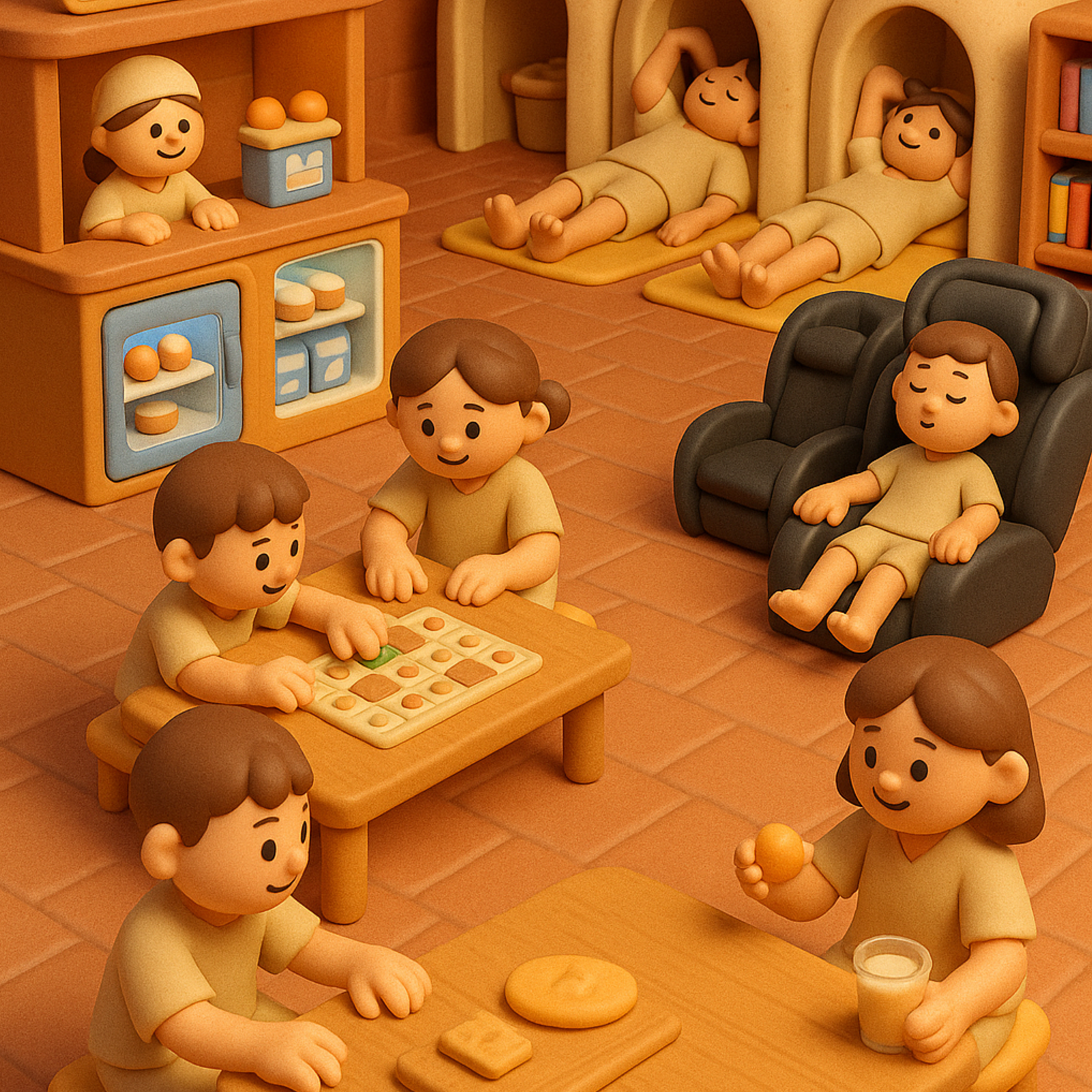
Step-by-Step Experience: Walking in, you’ll remove your shoes and stow them in a tiny shoe locker by the door (thats the common setting). The front desk attendant hands you a locker key, a small towel, and a comfy set of cotton pajamas – T-shirt and shorts (often color-coded for men and women)
You’re officially checked in! Now the fun begins:
- Gender-Separated Baths: Head to the women’s or men’s locker room (follow signs for 여탕 (women) or 남탕 (men)). Strip down to your birthday suit – yes, everyone bathes nude in the single-sex spa area. Shower thoroughly (it’s a strict must in Korean bath etiquette) before enjoying the soaking pools. You’ll find tubs ranging from hot whirlpools to cold plunge baths, and maybe a wet sauna or steam room. Feeling bold? Try the jade-green herbal bath or get a scrubbing service from a ttaemiri (scrub staff).
- JJimjilbang Common Area: After bathing, put on your provided shorts and T-shirt and step out to the co-ed jjimjilbang area. It’s like a large heated lounge. The floor is warmed by ondol (underfloor heating), and people are lounging on mats or cotton blocks, watching K-dramas on a giant TV. Around you are dome-shaped sauna rooms – imagine clay or salt-lined igloos. Each has varying heat levels (from a toasty 50°C sauna to a cool room). You might even find an ice room to cool down after the heat!
- Relaxation & Fun: A jjimjilbang isn’t just about sweating. Many large bathhouses have game arcades, PC rooms, or massage chair zones. You might spot a café corner selling sikhye (sweet rice drink) and baked eggs, or a freezer with ice creams. Families and friends sit around wooden tables, snack, or play board games. There could be a quiet dark room for nap time and a library of comic books (yes, you can read webtoons or manga late into the night). In short, the vibe is social and super relaxed – like a late-night community center that just happens to be full of people in matching pajamas!
Cultural & Historical Background

- From Public Baths to Overnight Spas: Korea’s bathhouse culture goes back generations. Traditionally, neighborhoods had a 목욕탕 (mogyoktang), a simple public bath for bathing and scrubbing (especially before home bathrooms were common). In the late 20th century, these evolved into the modern jjimjilbang, adding heated relaxation rooms and co-ed areas. Jjimjilbang literally means “heated room”, and they gained huge popularity in the 1990s as Koreans embraced sauna wellness.
- Family Affair: Jjimjilbang are a beloved part of Korean life. They’re not just for getting clean – they’re a social ritual. It’s common to see multigenerational families spending weekend nights at a spa. Kids might run around in little robes, grandparents nap on the warm floor, and parents together. Since many jjimjilbang are open 24 hours, they also became a handy overnight refuge – students crash there after missed dorm curfews, office workers who stayed out late can sleep over instead of going home. (In fact, you might notice a few tired souls snoozing in quiet corners – perfectly normal!)
- Why Locals Love It: Beyond practical use, jjimjilbang tap into principles of jeong (community affection) and well-being in Korean culture. Spending time sweating out stress, sharing snacks, and just being together comfortably fits the Korean ethos of communal life. It’s affordable, too – for about $5-$10 you get hours of sauna, rest, and even a place to sleep. No wonder it’s a go-to for relaxation. Some even say a night at a jjimjilbang can cure ailments – the different mineral rooms (salt, jade, charcoal) are thought to have health benefits based on traditional Korean medicine. Whether or not that’s scientifically proven, you’ll certainly feel rejuvenated by morning!
Fun Facts & International Comparison

Did You Know? Many jjimjilbang serve hard-boiled eggs roasted to a brown color (sauna eggs!). Cracking one on your friend’s head (lightly!) and eating it with salt is almost a rite of passage. And that towel hat you see people wearing in K-dramas? Koreans fold the small towels into a “lamb head” (양머리) shape and wear them to keep sweat out of their eyes – it’s cute and functional!
Beyond Korea – Bathhouse Cultures: Korea isn’t the only place with a love for communal baths. Here are a few worldly parallels
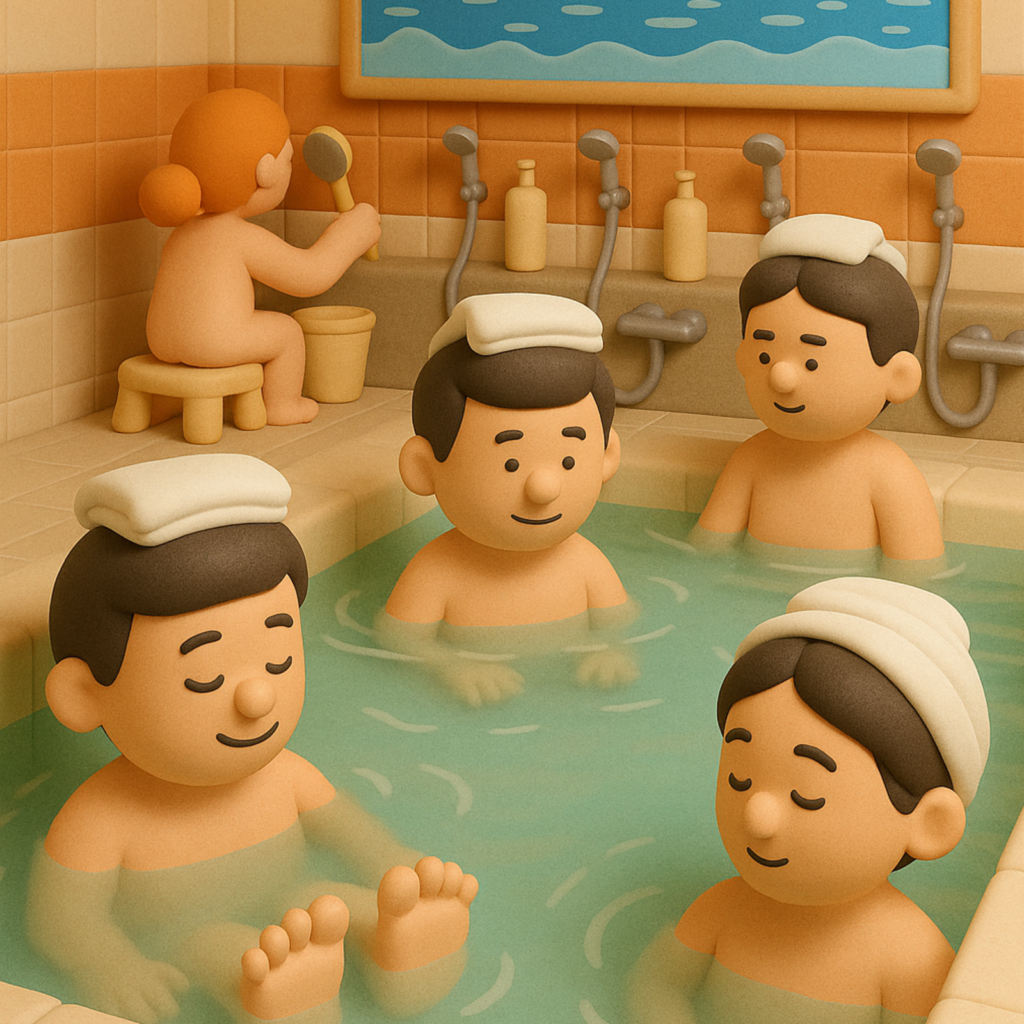
- Japan – Onsen & Sentō: Just across the sea, Japan’s onsen are natural hot spring baths, and sentō are public bathhouses in towns. Like jjimjilbang, you’ll bathe nude in gender-separate areas, scrub down meticulously, and then soak in mineral-rich hot pools. A fun sight in Japanese sentō is the painted mural of Mt. Fuji or ocean scenes on the wall (look behind the people in the photo – a classic Mt. Fuji painting!). While Japanese baths usually don’t have co-ed sauna halls, the emphasis on relaxation is similar. Both cultures treat bath time almost like a spiritual refresh.
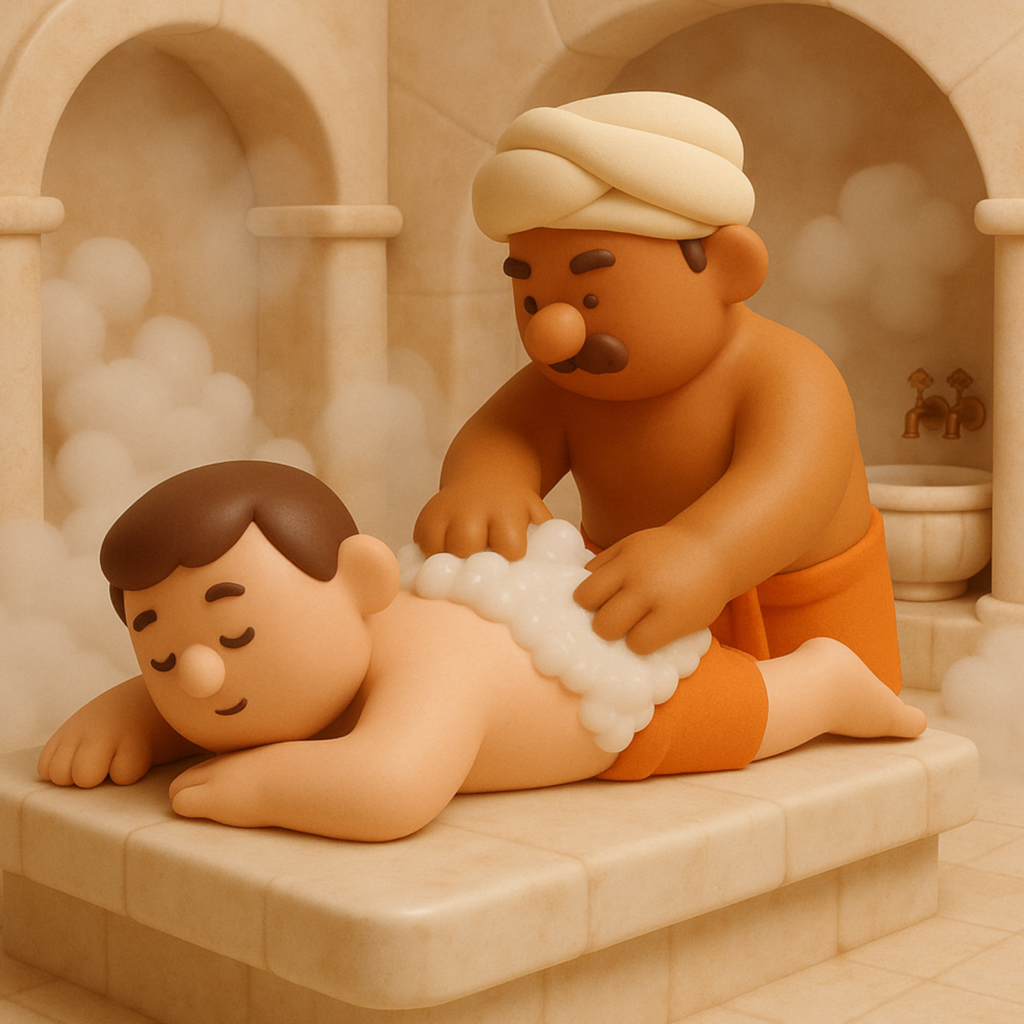
- Turkey – Hammam: The Turkish hammam (steam bath) tradition dates back to the Ottoman Empire. Instead of wooden saunas, picture a grand marble room filled with steam. Attendants scrub you on a heated stone slab until you’re squeaky clean. It’s steamy, soapy, and invigorating. Hammams are social too – a place to catch up with friends (in moderate voices) while getting a deep cleanse.
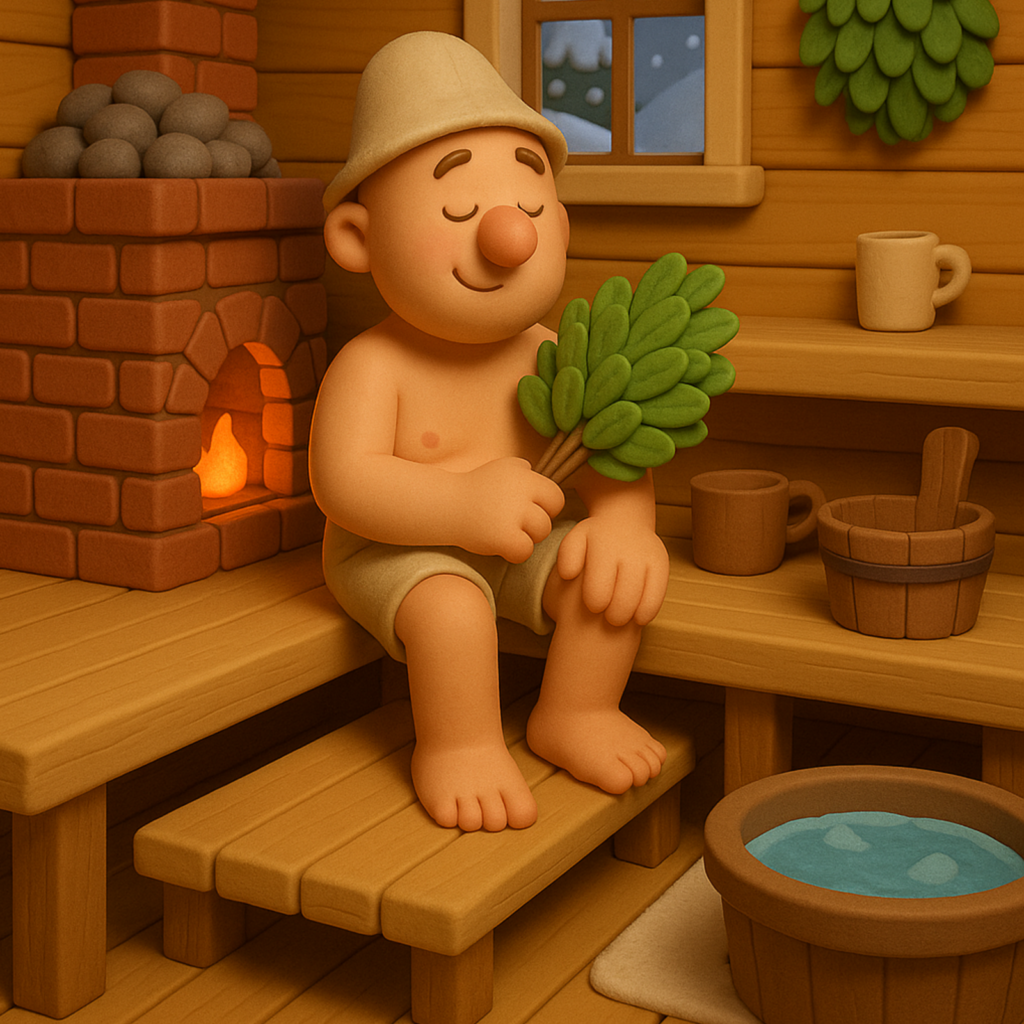
- Russia – Banya: In Russia, banyas are sauna bathhouses where temperatures soar and things get intense. Folks sit in a super-hot wood sauna, then jump into an ice-cold pool or even roll in snow! A unique banya twist is the venik – bundles of birch or oak leaves used to playfully whack the body (it stimulates circulation). It’s a mix of pain and pleasure that Russians swear by. Like jjimjilbang, banyas are often places to hang out, sip tea or beer between rounds of heat, and emerge completely refreshed.
Do’s and Don’ts
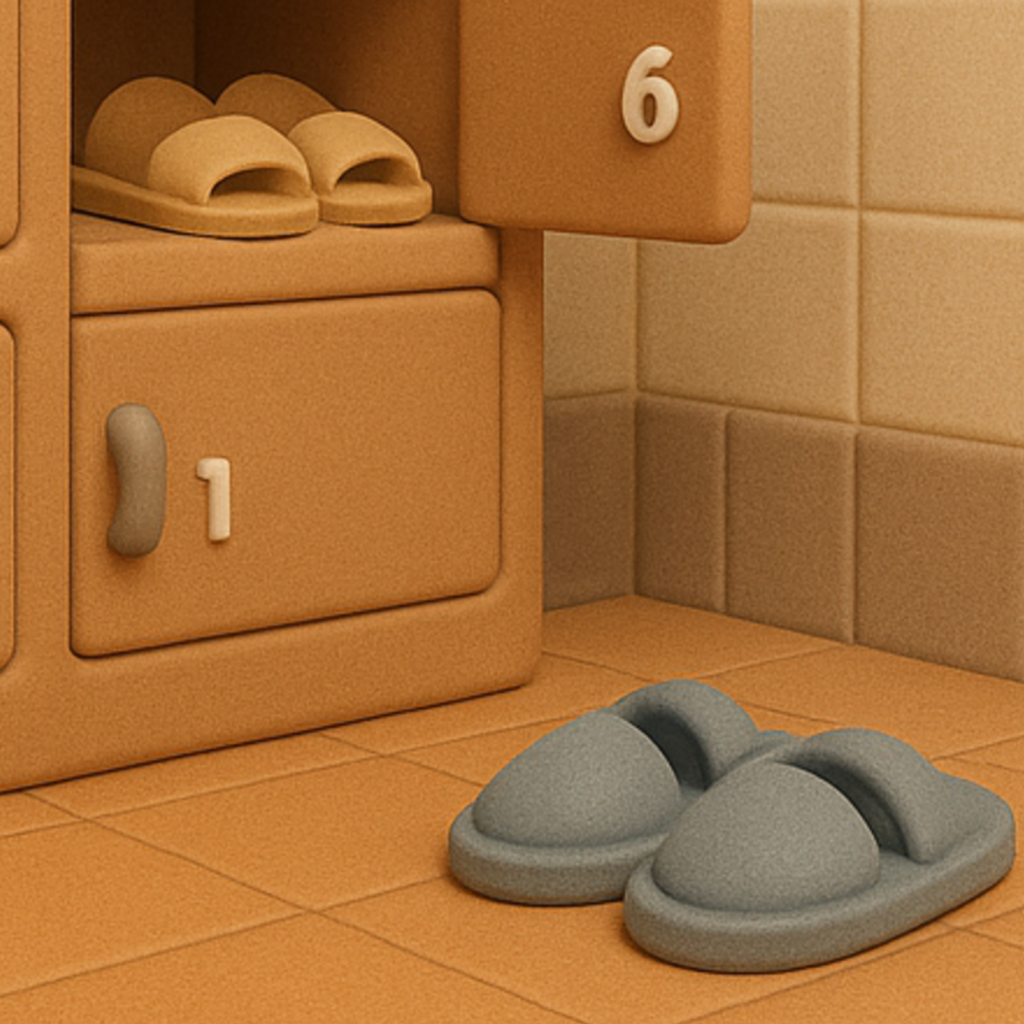


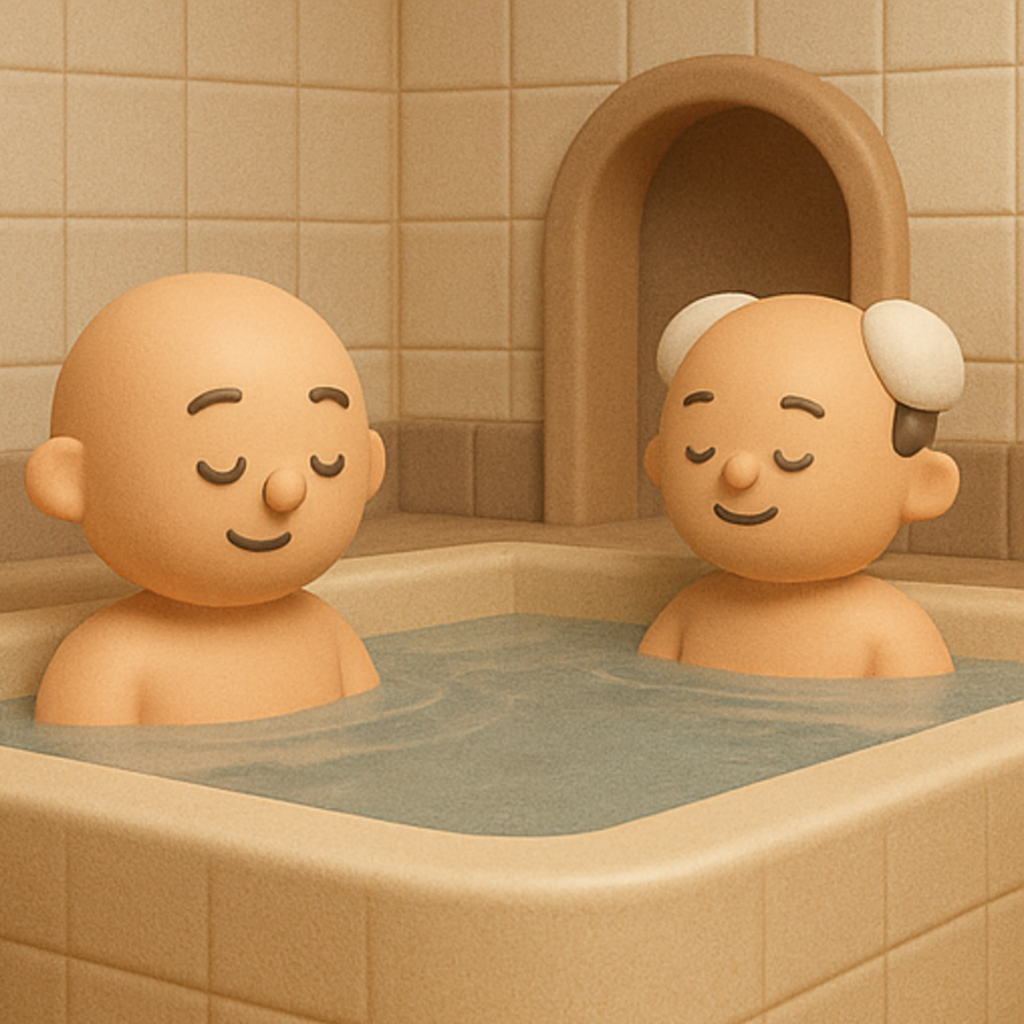
Jjimjilbang Etiquette 101: To blend in like a local, keep these do’s and don’ts in mind – etiquette is key to a pleasant bathhouse experience!
- DO shower thoroughly before entering any pool or sauna. Scrub down at the sit-down showers; it’s courteous and hygienic (everyone is sharing the tubs).
- DO wear the spa uniform in co-ed areas. Stay modest – the pajamas provided are your dress code once you leave the single-sex bathing area.
- DO stay hydrated and take breaks. Alternating hot saunas and cold showers can be intense; drink water or a cold sikhye from the snack bar to cool down.
- DO try the sauna eggs and barley tea. It’s part of the fun – a little snack between sweat sessions keeps your energy up. Crack the egg on your forehead (gently!) like locals do, for laughs.
- DON’T jump straight from a hot tub into a cold pool without rinsing off – your fellow bathers won’t appreciate floating suds or sweat.
- DON’T speak loudly or splash in the baths. The atmosphere is calm and restful; loud chatter may earn you some side-eye “shhh” from ajummas. Keep conversations low and soothing.
- DON’T be shy about nudity in the single-sex areas. Koreans of all generations are used to it. Confidently enjoy the experience – nobody is judging your body, they’re busy relaxing.
- DON’T wear shoes on the bathhouse floors. Outdoor shoes stay in the front lockers. Inside, it’s barefoot or indoor slippers only – those immaculate marble and wood floors need to stay clean.
Ready to Steam & Dream? You’ve learned the basics – from finding a jjimjilbang to soaking, sweating, snacking, and snoozing like a true Korean. After hours of sauna rounds, you’ll emerge with baby-soft skin and a zen-like calm. Before you go, don’t forget to cool off with a bowl of sikhye, the sweet rice punch beloved at bathhouses (see the pine nuts floating in the drink?) – it’s the perfect end to your sauna night.
Would you try a jjimjilbang? 🤔 If this overnight Korean spa adventure is now on your bucket list, hit the save button! 📌

